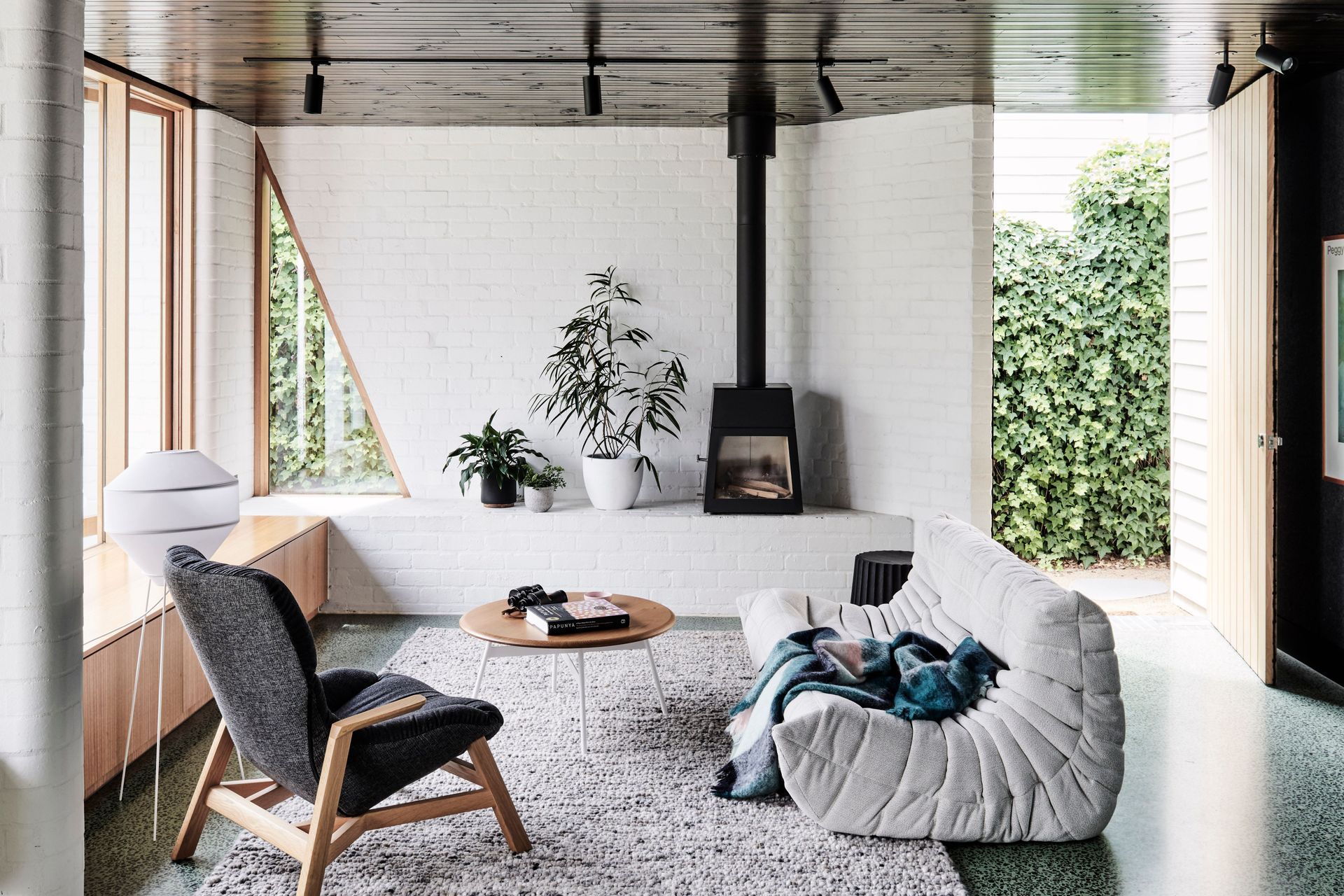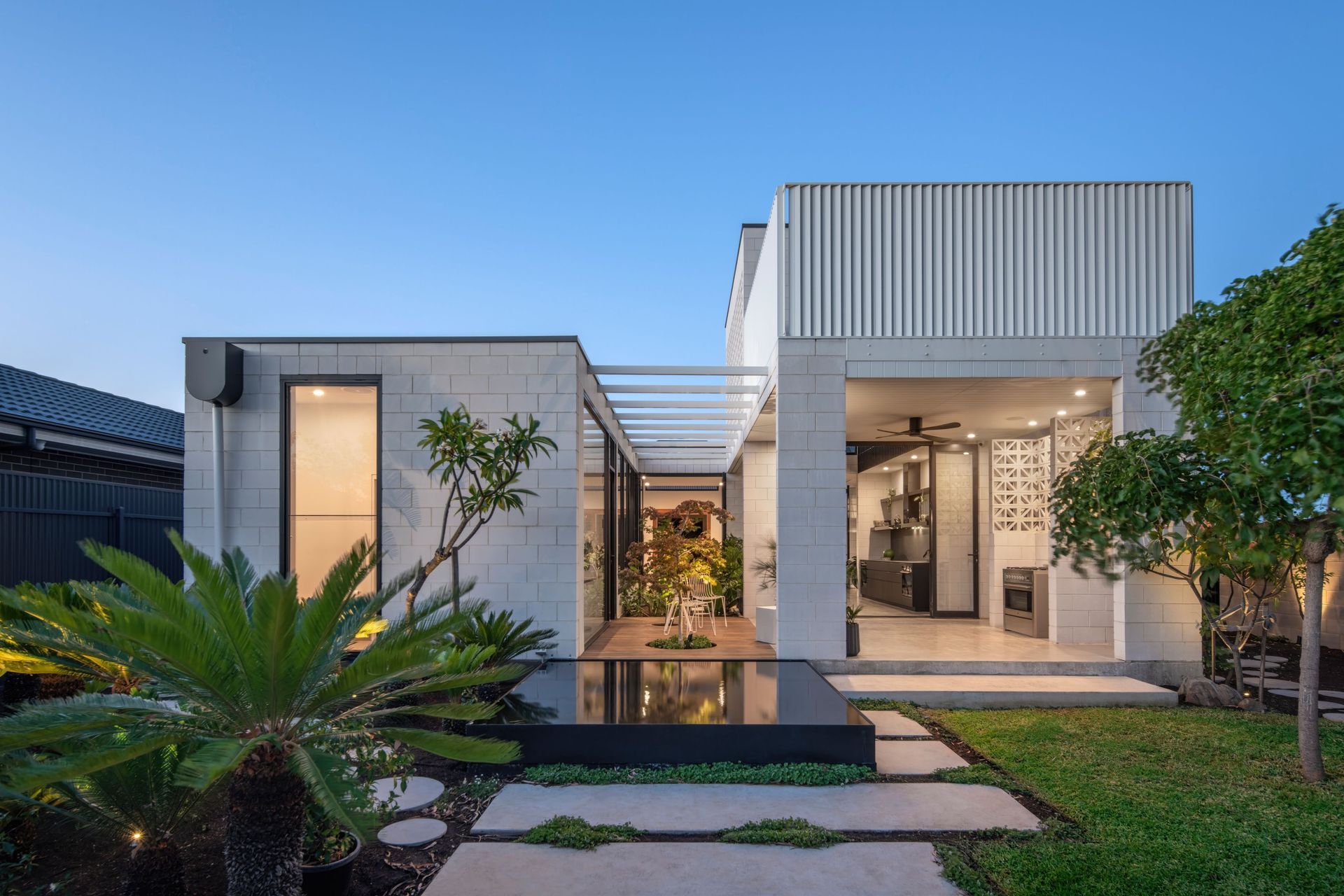How to create and maintain a successful architect and client relationship
Hiring an architect is like selecting a seasoned artist to help you transform a blank canvas into a masterpiece. Throughout this creative process, you'll collaborate closely to bring your vision to life. As with any artistic journey, challenges will arise, but with compromise and teamwork, you'll shape a work that exceeds your expectations.
The architect's responsibilities to you
Architects are responsible to their clients from the initial design concept to the completion of the project. This responsibility includes understanding your needs, managing expectations, and providing expert guidance on design, materials, sustainability, and functionality. Architects are responsible for ensuring the project complies with legal standards, meets safety codes, and stays within budget and timeline constraints.
Beyond the technical aspects, architects must be transparent, honest, and communicative. They must offer solutions while listening to your feedback and concerns. Ultimately, their responsibility is to deliver a successful project that reflects the client’s vision while upholding the highest professional integrity and accountability standards.
- Understand and manage client needs and expectations.
- Provide expert advice on design, materials, sustainability, and functionality.
- Ensure compliance with legal standards and safety codes.
- Keep the project within budget and timeline constraints.
- Maintain transparency, honesty, and open communication.
- Deliver a project that reflects the client’s vision with integrity.
Your responsibilities to the architect
While much attention is often given to the architect’s responsibilities, it’s equally important for clients to understand their own role in ensuring a successful collaboration. As a client, you are responsible for maintaining clear and open communication, providing timely and constructive feedback, and respecting the architect's expertise and professional judgment. By fulfilling these responsibilities, you help create a positive working environment that fosters trust, efficiency, and creativity, ultimately leading to a smoother and more successful project outcome.
- Communicate clearly and openly.
- Provide timely and constructive feedback.
- Respect the architect’s expertise and judgment.
- Foster a positive, collaborative environment.

Understanding the architect-client dynamic
The architect-client dynamic is the foundation of any successful project, built on trust, communication, and mutual respect. Architects are responsible for interpreting a client’s vision and turning it into a functional, aesthetically pleasing reality, while clients rely on architects for expertise and creativity. This dynamic requires clear communication from both sides to ensure that expectations, timelines, and budgets are aligned. A strong architect-client relationship allows for collaboration and adaptability, helping to navigate challenges that may arise during the project. When both parties understand their roles and maintain an open dialogue, the dynamic remains healthy and productive, resulting in a smoother design and construction process.
Related article: What do architects do? An essential read before your next project
Building rapport with your architect
Building a good relationship with an architect requires clear communication, mutual respect, and collaboration throughout the project. From the outset, it's important to clearly define your goals, budget, and expectations while also being open to the architect’s expertise and creative solutions. Trust is key—allowing the architect to guide design decisions and offering timely feedback ensures the project remains aligned with your vision. Flexibility is also crucial, as projects can evolve, and changes may be necessary due to unforeseen challenges. By approaching the process as a partnership and working together to solve problems, you create a positive dynamic that fosters collaboration, resulting in a final outcome that meets or exceeds your expectations. Maintaining respect and open dialogue will ensure a smooth and successful working relationship.
- Communicate clearly and set expectations early.
- Trust the architect’s expertise and provide timely feedback.
- Be flexible and open to changes.
- Approach the project as a partnership.
- Maintain mutual respect and open dialogue.
Signs of the relationship going well
When the relationship between an architect and a client is going well, you'll notice some clear, positive signs:
- Clear, open communication with mutual respect and understanding.
- Both parties are aligned on project expectations, timelines, and budgets.
- A strong sense of trust between the client and the architect.
- Collaborative problem-solving during challenges without conflict.
- Enthusiasm and engagement from both sides throughout the project.
Signs that the relationship is going bad
If the architect-client relationship is faltering, you may notice the following signs:
- Frequent communication breakdowns or avoidance of difficult conversations.
- Misaligned expectations that cause frustration for either party.
- Budget overruns or significant delays with no clear resolution.
- Escalating conflicts instead of constructive collaboration.
- Lack of engagement or disinterest from either the client or the architect.

Things you can do to maintain a strong relationship with your architect
Building a strong relationship with your architect can help ensure a smoother, more successful project. Here are some ways you can foster effective collaboration:
1. Communicate clearly
Express your vision, needs, and preferences from the outset. Staying engaged and providing timely feedback helps keep everything on track and avoids miscommunication.
2. Be transparent about budget and timeline
Being open about your budget and timeline early on helps your architect align the design with your financial and time constraints. Flexibility can be key, as unexpected factors may require adjustments.
3. Trust their expertise
Your architect brings valuable experience to the table. Stay open to their suggestions, even if they differ from your original ideas. Their knowledge of design, materials, and regulations can enhance your project.
4. Make timely decisions
Prompt decision-making, especially on designs and materials, keeps the project moving. If you need more time, communicate that clearly so the architect can adjust plans if necessary.
5. Stay flexible
Projects evolve; sometimes, adjustments are needed due to design refinement, budget considerations, or unforeseen challenges. Keeping an open mind will help you and your architect navigate these changes together.
6. Respect the process
Design and construction take time. Be patient and understand that there are stages of planning, approvals, and construction that are necessary to achieve the best results.
7. Provide constructive feedback
When reviewing designs or plans, be specific about what works and what doesn’t. Clear, constructive feedback helps the architect refine the project to align with your vision better.
8. Understand legal and regulatory requirements
Your architect must follow local building codes and regulations. Awareness of these constraints can help you understand why certain adjustments may be necessary.
9. Stay engaged
Your involvement is key to ensuring the project reflects your vision. Attend meetings, review plans, and communicate with your architect to keep everything on track.
10. Be financially responsible
Understand the payment schedule and the potential financial implications of changes or delays. Open communication about your budget helps avoid surprises and keeps the project running smoothly.

Conflict resolution strategies
Conflict in architect-client relationships can arise for various reasons, such as misaligned expectations, budget overruns, design changes, or communication breakdowns. These conflicts are often the result of misunderstandings or a lack of clarity regarding roles, responsibilities, and project goals. Architects and clients may have differing visions, timelines, or priorities, creating tension if not addressed early. Effective conflict resolution requires open communication, mutual respect, and a willingness to collaborate on finding solutions. When both parties actively listen and maintain transparency, conflicts can be resolved constructively, turning potential roadblocks into opportunities for better outcomes. Managing conflicts proactively helps maintain a positive working relationship, ensuring the project stays on track and reflects the client's vision.
Conflict resolution methods
As with all types of relationships, collaboration comes with potential conflicts. However, there are many ways to resolve conflict quickly and painlessly.
- Be clear about your vision early on: Share your goals and expectations upfront to avoid misalignment later in the project.
- Encourage open communication: Set up regular check-ins to address concerns early and prevent misunderstandings.
- Listen and seek to understand: Take time to understand your architect’s reasoning to find common ground in disagreements.
- Set realistic expectations around budget and timelines: Be honest about your financial and time constraints to avoid surprises down the line.
- Reframe issues as opportunities: View conflicts as chances to improve the project while focusing on shared goals.
- Stay solution-focused: Focus on resolving issues collaboratively instead of assigning blame.
- Document all major decisions and changes: Keep clear records of key decisions to maintain transparency and avoid confusion.
- Be willing to compromise: Open to alternative solutions when practical limitations arise.
- Maintain professionalism in difficult moments: Stay calm during tense discussions and suggest a break if necessary.
- Use a third-party mediator if needed: Bring in a neutral party to facilitate discussions if conflicts persist.
When to find a new architect
Like any relationship, sometimes things don't work out, and it's important to recognise when it's time to move on and find a new professional who better aligns with your needs.
- Communication breakdowns: It may be time for a change if your architect is unresponsive or consistently misses meetings.
- Misunderstanding your vision: If repeated attempts to align on design fail, consider finding someone who better understands your needs.
- Frequent budget overruns: An architect who cannot stay within your budget or offer alternatives is a red flag.
- Unwillingness to collaborate: If your input is constantly dismissed, it's time to seek a more collaborative architect.
- Missed deadlines: Repeated delays can disrupt your entire project timeline without valid reasons.
- Lack of transparency: If you suspect dishonesty or unclear communication, it's a serious warning sign.
- Poor project management: If the architect struggles to coordinate the project effectively, it may lead to costly errors.
- Non-compliance with regulations: Designs that don’t meet building codes or safety standards put your project at risk.
- Lack of enthusiasm: An unmotivated architect who shows little interest in your project may not be the right fit.

Enjoy building a flourishing relationship with your architect
The architect-client relationship is crucial to any successful design project, especially in Australia’s competitive architectural market. Clear communication, mutual respect, and trust are essential for fostering meaningful partnerships that lead to successful outcomes. By setting clear expectations, maintaining an open dialogue, and managing conflicts professionally, architects and clients can ensure the project stays on track, meets the budget, and fulfils the client’s vision. Strengthening this relationship improves project results and lays the foundation for future collaborations. After the project, staying in touch with your architect—whether through a thoughtful thank-you note, sharing professional photos, or referring them to others—helps maintain positive rapport and ensures smoother collaborations in the future.
Related article: When do you need an architect? A comprehensive guide for your next project
